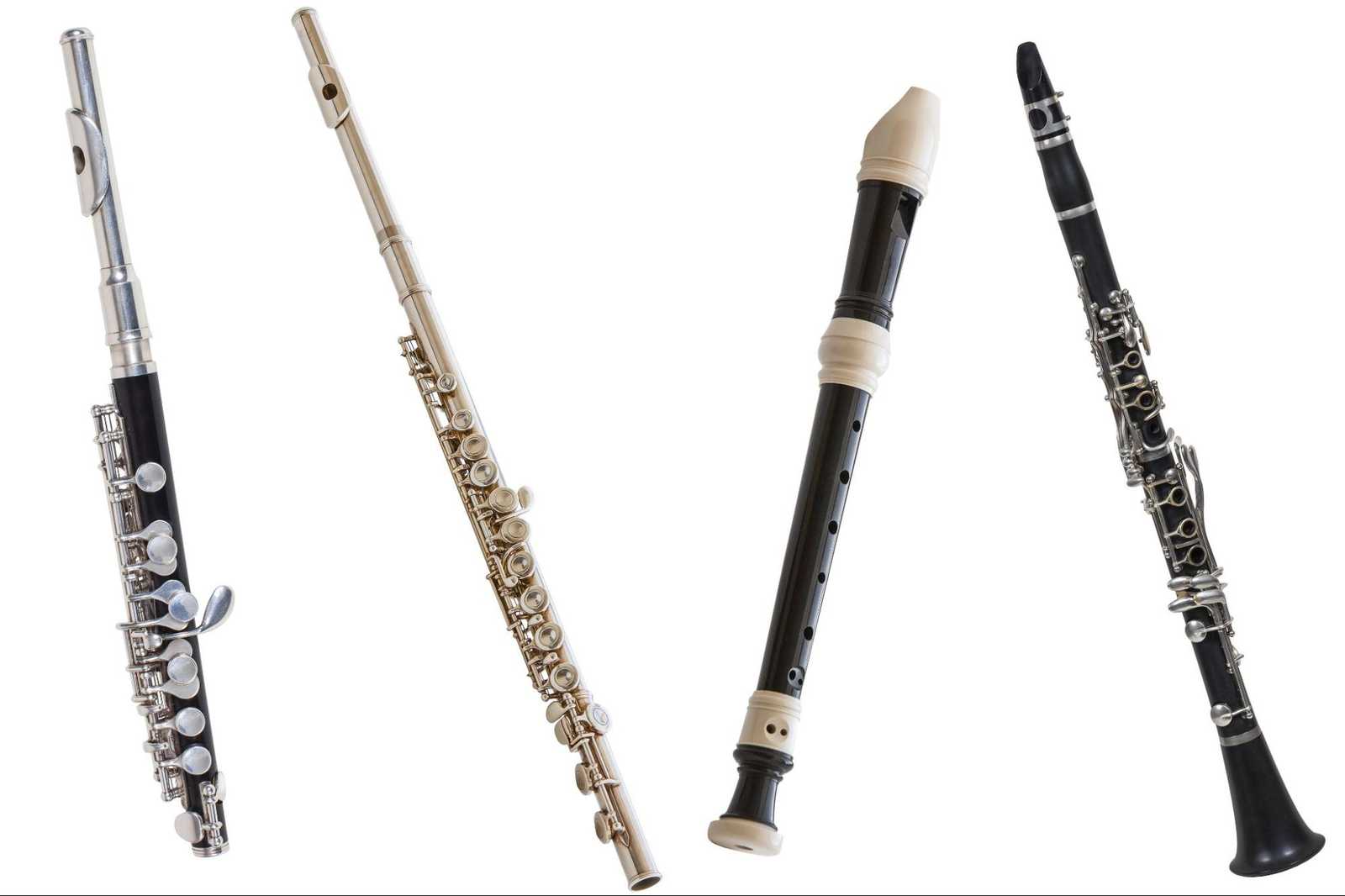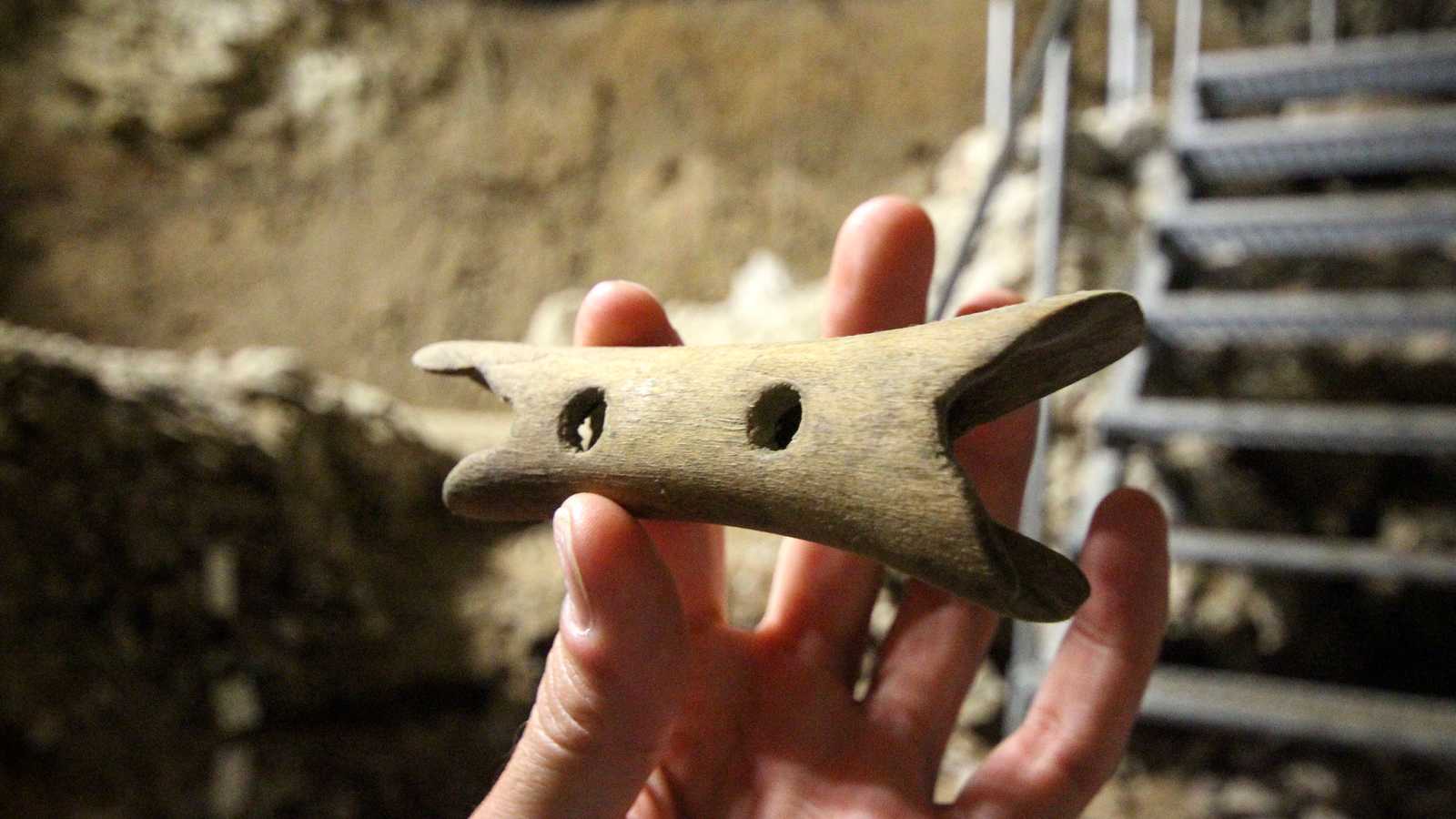The Reverberant History of Woodwinds

The best musical instruments act as an extension of our bodies. Examples of woodwind instruments are the flute, clarinet, and saxophone. All heavily rely on the control someone has over their hands, mouth, and lungs. The body’s ability to multitask extends into an instrument and allows us to make beautiful music.

Much like our voices when we sing, woodwind instruments rely on a controlled flow of air from our lungs, turning it into sounds we could never create with our vocal cords alone. Woodwinds work by taking the player’s breath and channeling it across an opening, fipple, or reed to vibrate the air. Even a simple whistle works that way. The soundwaves generated can then be adjusted in pitch by opening and closing holes, and changing the length of the airflow. The longer the air column, usually the more closed holes, the lower the pitch. The shorter the air column, the higher the pitch. That’s the simple explanation of how woodwind instruments work.
A Truly Ancient History
The oldest existing musical instrument is the Neanderthal flute, dating back to at least 50,000 years ago. It is made of bear bone and was discovered in a cave in Cerkno, Slovenia. This instrument was a significant discovery, as it showed us that Neanderthals had the intelligence to create and enjoy music. A reconstruction of this instrument can be heard in this video. It’s a hauntingly beautiful sound, especially when played within the walls of a cave.
The first flutes were similar to recorders, vertical end-blown flutes with fipples for air oscillation and finger holes to be manually covered and uncovered. Flutes that are closer to what we see in modern orchestras first appeared during the Renaissance in the 16th century.
Over the centuries, various modifications and improvements were made to the flute, but it was in 1847 when Theobald Boehm introduced what we consider to be the modern flute. His improved version featured a metal body with multiple additional keys making the flute more accessible and versatile. Despite the use of metal and the lack of a reed, this design is still considered a woodwind, because it’s ancestors are all woodwinds.
For a fuller knowledge of the flute, try taking online flute lessons.

From the Flute to the Clarinet
The flute laid the foundation for all woodwinds, resulting in instruments like the recorder, the chalumeau, and the clarinet. The clarinet was invented by Johann Christoph Denner in the late 17th century. It is essentially a chalumeau with an added register key. The chalumeau is a recorder with a wider bore and added reed. The clarinet has a very smooth and expressive sound, making it perfect for classical pieces such as Sergei Prokofiev’s “Peter and the Wolf” and jazz pieces such as George Gershwin’s “Rhapsody in Blue”, which is a very popuar piece among our students who are taking online clarinet lessons, and Benny Goodman’s “Sing, Sing, Sing”.

A Bridge Between Brass and Reeds - The Saxophone
Believe it or not, despite being made of brass, the saxophone is still considered a woodwind instrument due to the use of a reed. The saxophone was invented in Belgium during the 1840s by Adolphe Sax, a flute and clarinet player and the son of an instrument manufacturer. Sax noticed a missing middle-ground between brass and wood instruments, leading to his creation of the saxophone. Because Sax initially had a patent on the instrument, it wasn’t until 1866 that other manufacturers were able to make their own saxophones. This made saxophones more common as the various companies added improvements, bringing the saxophone closer and closer to the refined instrument we see today. The saxophone went on to gain the most popularity in the US with the rise of ragtime and jazz and, later, rock and roll. That makes sense to us, because of all of the woodwind instruments we teach, saxophone lessons are the most popular with our US based students.

When you think of any of those instruments certain sounds may come to mind. There are around 200 different types of woodwinds, including several variations on the flute, clarinet, and saxophone. Some woodwinds even have more than one reed with the bassoon, oboe, and bagpipes having two each. The Indian Shehnai has four reeds, creating a truly unique sound.
Learn A Woodwind Instrument Today
Which woodwind calls to you with its dulcet tones? You can begin learning today from a certified expert with Sage Music. Start simple, feel the powerful drive of music, and become the musician you’ve always wanted to be. If you weren’t a musician yesterday, you can be today.
Related

Michael




